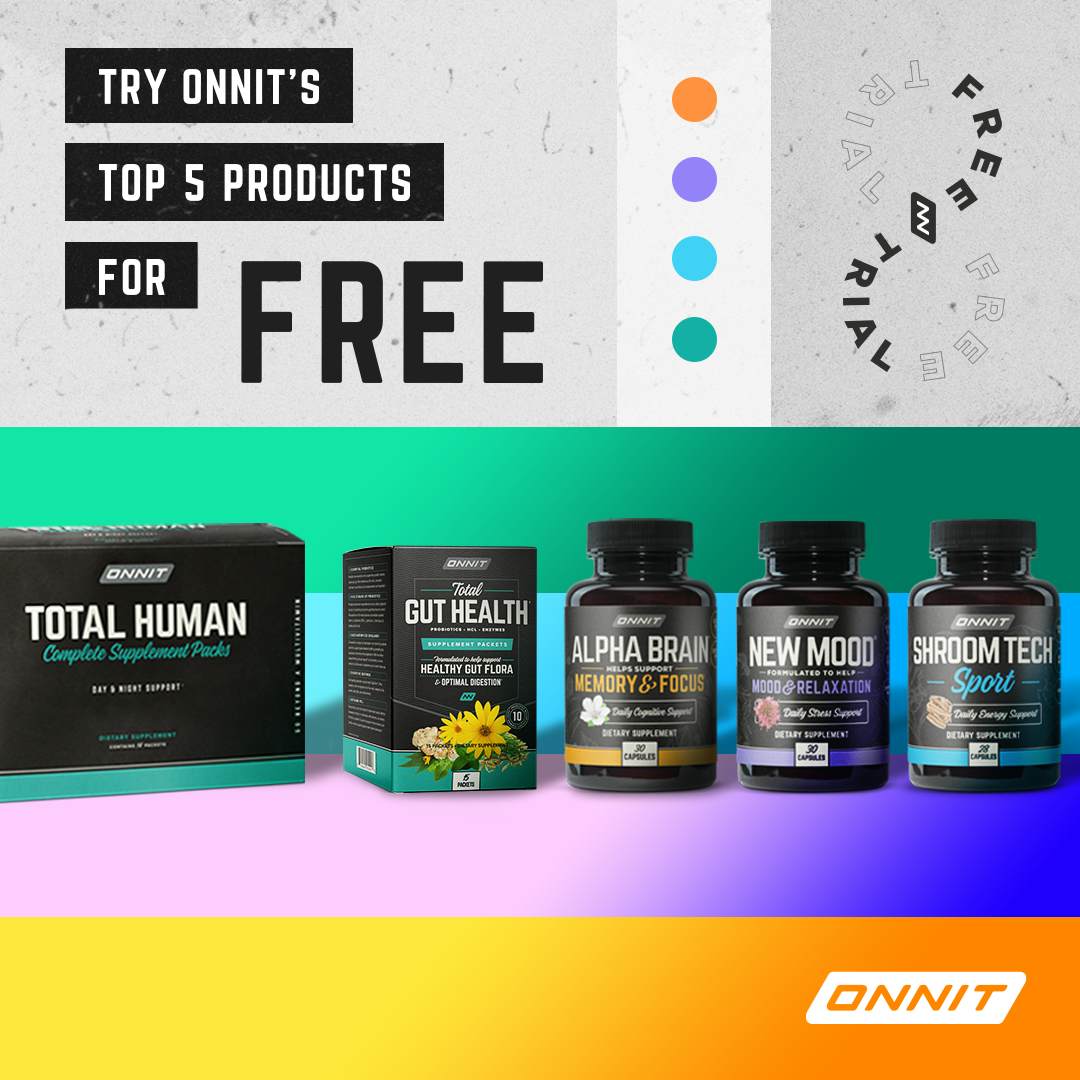A whopping 70% of planet Earth is covered in water. Only 1% of it is drinkable fresh water. The Human body is comprised of over 50% water. Humans are estimated to live for 30 days without food, but only 7 days without water? Which is more important? Hydration is one of those topics where people will argue until they are blue in the face.
Some will argue that sports drinks full of electrolytes (salt) and sugar are necessary for replenishing the body. Is there anything to these claims? Shouldn’t we be drinking just water? How much water are we supposed to be drinking?
8 Glasses a Day?
Remember learning that we are supposed to drink 8 glasses of water per day? That recommendation came from the Nutrition and Food Board from the 1940’s based on no real evidence. Also, they didn’t account for the fact that a good portion of our water consumption comes from the food we eat!
The best gauge for adequate hydration is simple. Drink when you are thirsty.
Some of the initial signs of dehydration are:
- Thirst
- Loss of Appetite
- Fatigue or Weakness
- Chills
- Dry Skin
- Skin Flushing
- Dark Colored Urine
- Dry Mouth
- Head Rushes
There are more extreme signs of dehydration such as muscle cramps, headaches, extreme fatigue and nausea that can occur. Are you thirsty yet? Many people prefer to consume water in the form of coffee and tea, which is perfectly fine.
Water Bottles and Your Health
A report from the International Bottled Water Association (I can’t believe that exists either) said that bottled water sales totaled $11.8 Billion in 2012.
Just a short time ago, bottled water consumption was minimal or nonexistent.
With slick marketing campaigns and advertisements on television each selling you their “special water”, consumers have been led to believe that bottled water is superior. In most cases, bottled water is sourced from your city tap supply and then put through a filtration process. Check the label of your water bottle to find its source.
The bigger issue with plastic water bottles is the exposure to phthalates and bisphenol A (BPA). These chemicals are used to make plastic more flexible and easy to mend into your favorite water bottle shape.
These chemicals are not ubiquitous in water bottles, but it is a valid concern after a research study found these chemicals in them. Another study found that levels of BPA were found in plastic water bottles above the detection threshold.
These chemicals mimic estrogen in the body. An excess of estrogen in men can lead to low sex drive, gynecomastia (man boobs), depression and other more serious issues. When consuming water, avoiding plastic water bottles as much as possible is a good practice. Instead, you can use a refillable container made from stainless steel or glass.
Safe Water Flavorings
Many people say that:
- Water is boring
- It has no taste
- I prefer to drink¦
The beautiful thing about water is that it can easily take on the flavor or your favorite fruits. Squeezing a lime and lemon into your water doesn’t taste great, it can help flush toxins from the body. Add a dash of Stevia to your lime and lemon water and you have yourself an incredibly delicious and rehydrating mixture.
Should I Drink Tap Water?
Tap water has a bad reputation lately, for good reason. The Environmental Working Group found that Public Water Supplies in 42 U.S. States were contaminated with over 140 unregulated chemicals.
“Another 119 regulated chemicals—a total of 260 contaminants altogether—were found by the environmental group in a two-and-a-half-year analysis of more than 22 million tap water quality tests. The tests, which are required under the federal Safe Drinking Water Act, were conducted at nearly 40,000 utilities that supply water to 231 million people.
Which States Had the Most Contaminated Tap Water?
According to a report by the EWG, the top 10 states with the most contaminants in their drinking water were California, Wisconsin, Arizona, Florida, North Carolina, Texas, New York, Nevada, Pennsylvania and Illinois—in that order. EWG said the biggest sources of contaminants were agriculture, industry and pollution from sprawl and urban runoff.” Source
In short, do not use tap water for drinking or cooking. If you are showering or bathing without a shower filter, you may want to invest in one.
What Type of Water Should I Drink?
Have you seen the highly touted alkaline waters on the shelves? They usually come with a fancy label and even fancier price tag.
Luckily, these waters are not at all superior to other forms of water. We’ll save the deep science conversation about why for another article, but the thing to know is that urine levels of pH that are altered by the intake of a higher pH water don’t do much.
The body has a strict pH regulation process for the blood which doesn’t allow for much variation. If “alkaline water” or any other sort of compound were powerful enough to significantly alter the blood pH, we’d be in trouble.
Spring water is the top choice due to the natural filtration process that the Earth does. Most spring waters are also filtered through a carbon system which removes all of the contaminants while leaving the natural mineral content in tact. Mineral water and reverse osmosis are the next top two recommendations. These three sources of water provide a sigh of relief in a largely contaminated water supply.
Next time you are at the store, look around and see if there is a water refilling station. Instead of contributing to the estimated 50 billion plastic water bottles that end up in U.S. landfills each year (source), opt for a larger refillable container which you can take home and continue to use.
Water is a finite resource that will continue to be the topic of great debate in the future. Drink up and improve the health and function of your mind and body today!


)





